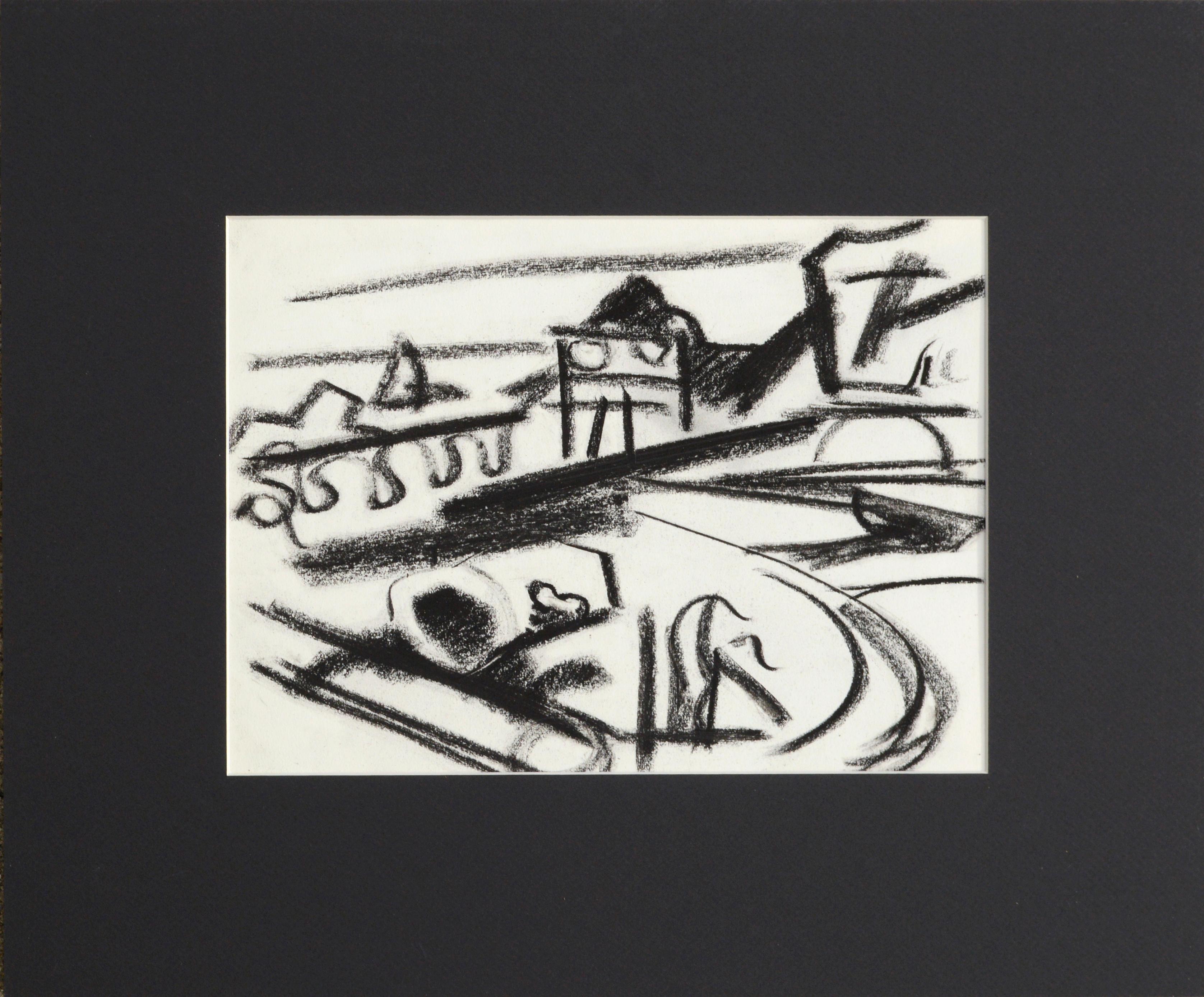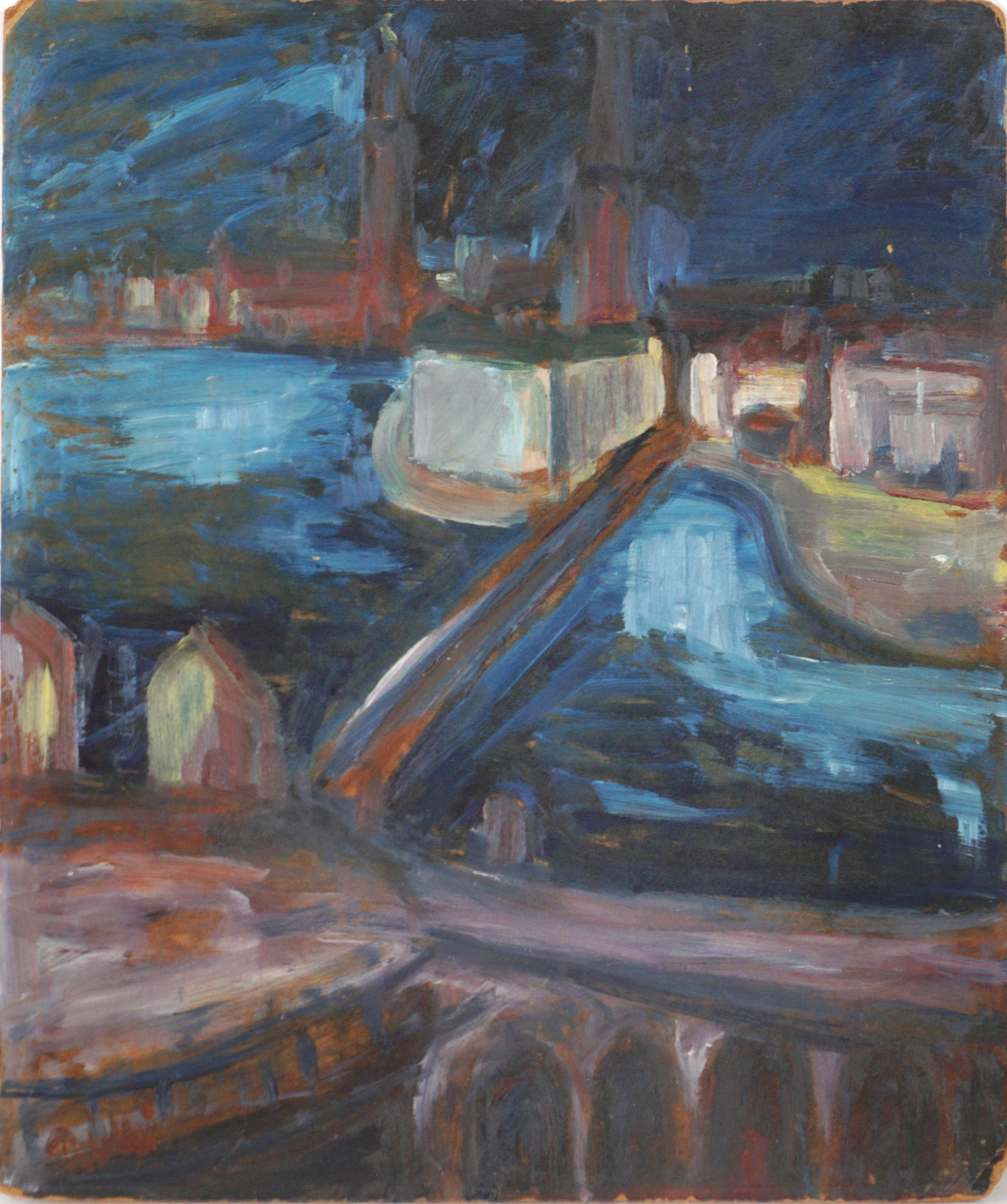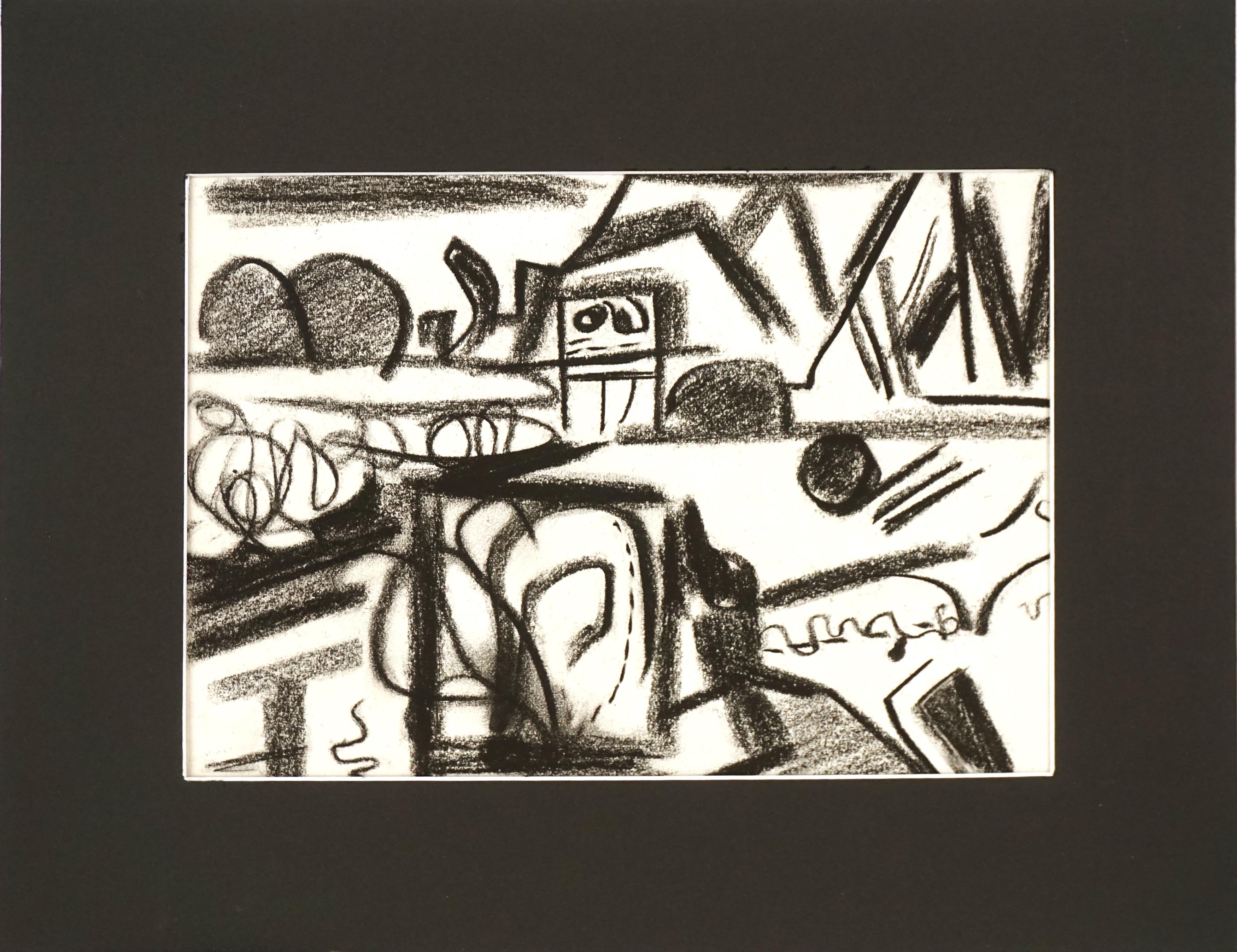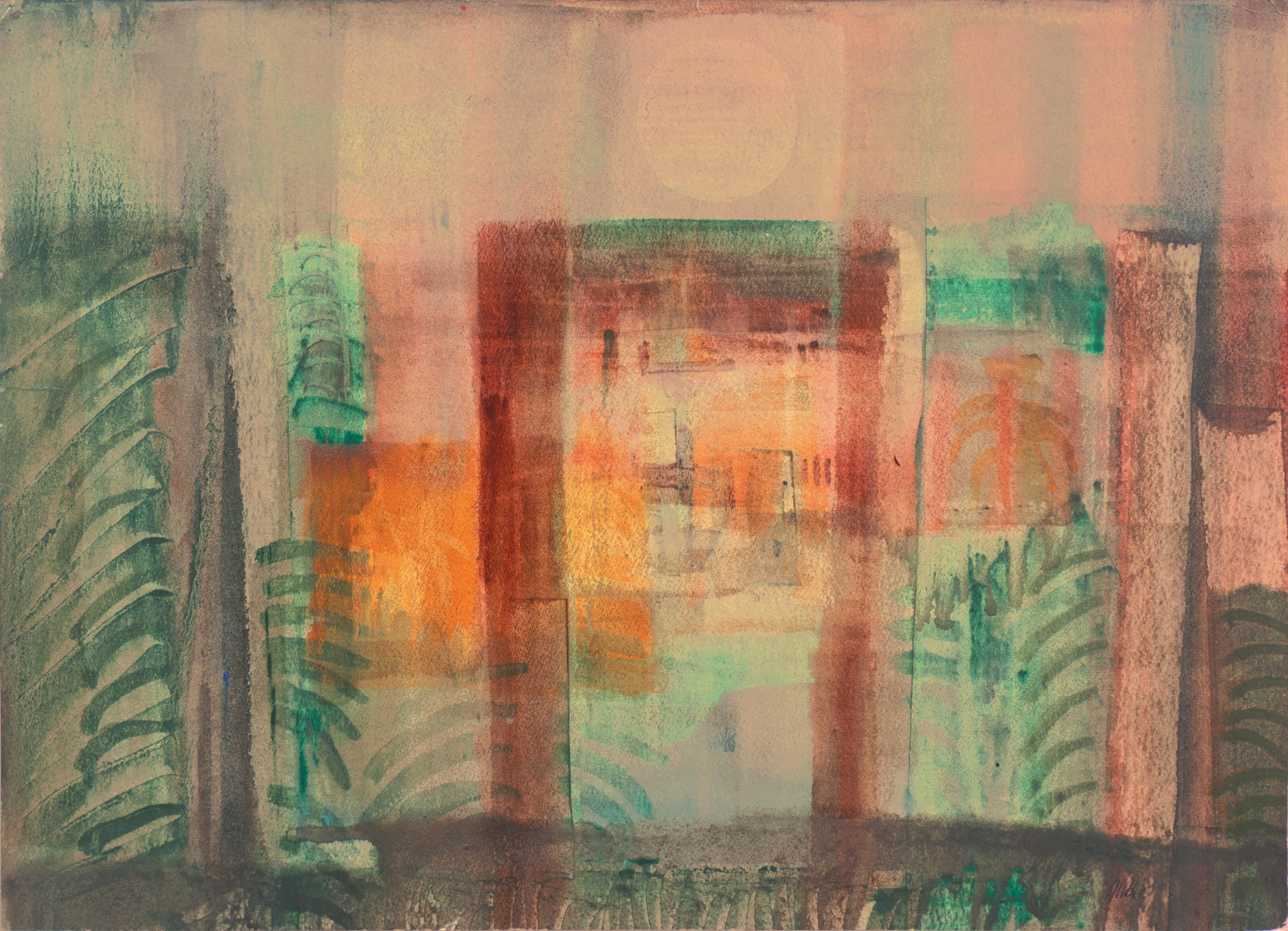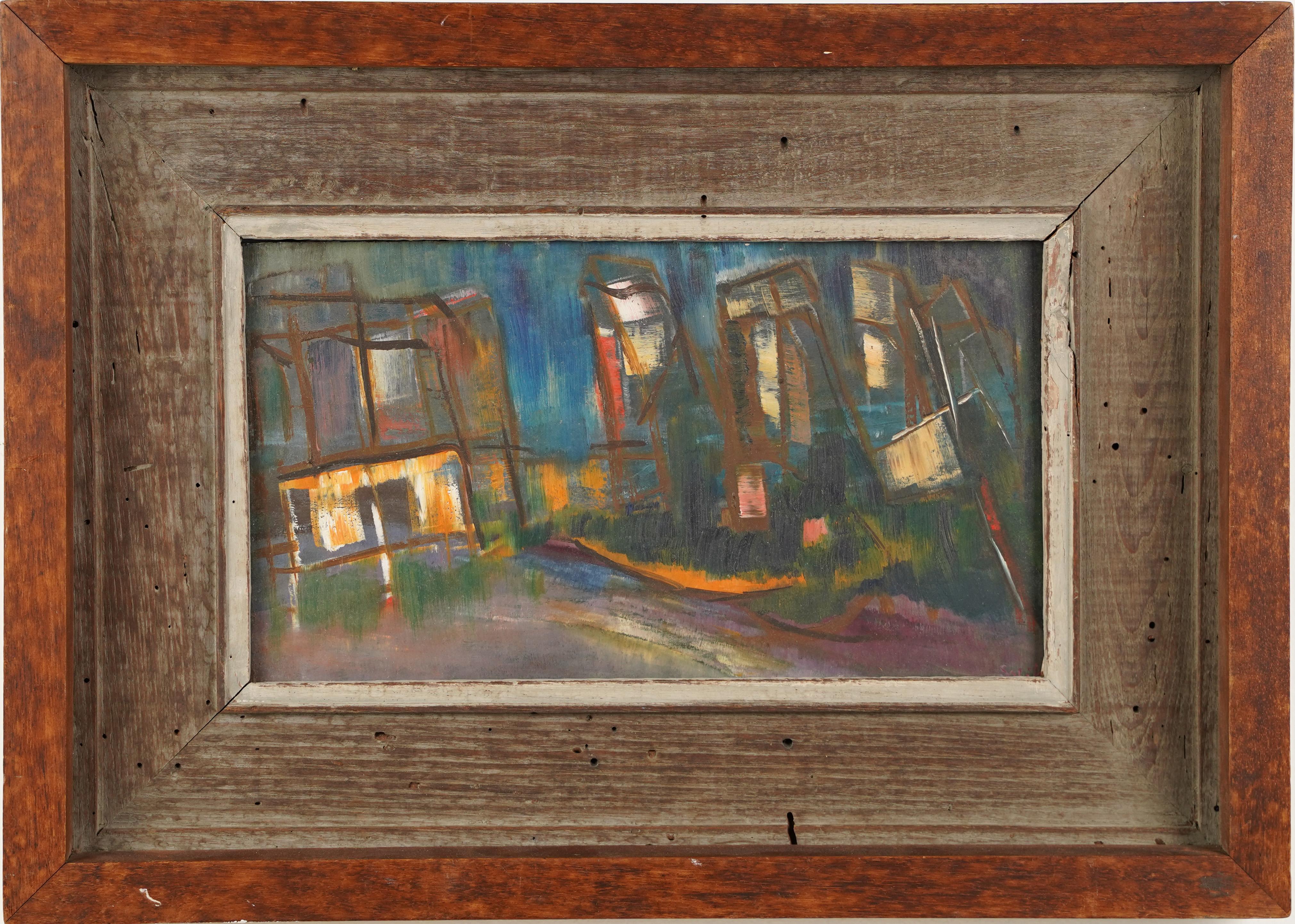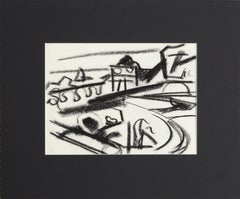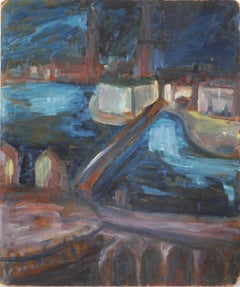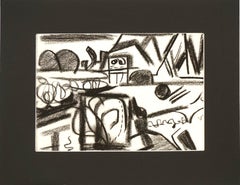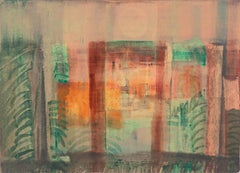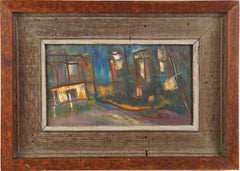Items Similar to Mid Century Palace of Fine Arts, San Francisco Landscape
Want more images or videos?
Request additional images or videos from the seller
1 of 9
GarrettMid Century Palace of Fine Arts, San Francisco Landscape1955
1955
$760
$95020% Off
£571.46
£714.3220% Off
€663.60
€829.5020% Off
CA$1,061.32
CA$1,326.6520% Off
A$1,177.09
A$1,471.3620% Off
CHF 618.15
CHF 772.6920% Off
MX$14,455.46
MX$18,069.3320% Off
NOK 7,825.17
NOK 9,781.4620% Off
SEK 7,379.24
SEK 9,224.0520% Off
DKK 4,951.20
DKK 6,18920% Off
Shipping
Retrieving quote...The 1stDibs Promise:
Authenticity Guarantee,
Money-Back Guarantee,
24-Hour Cancellation
About the Item
Palace of Fine Arts, San Francisco by Garrett Price (American, 1896-1979). Signed "Garrett" lower right. Unframed. Image size, 11.75"H x 15.25"W. Garrett Price was an Illustrator, cartoonist, and a painter. He began doing cartoons and drawings for the Saratoga, WY Sun when he was 15. Garrett attended the University of Wyoming and studied for a year at the Art Institute of Chicago. In 1916 he began working for the Chicago Tribune and for the New Yorker magazine in 1925. In 1933 he developed the half-page Sunday strip 'White Boy', about the adventures of a young boy who is captured by a tribe of Native Americans, eventually living peacefully with them and learning their ways. About halfway through its run, the strip suddenly switched both its locale and time period to a dude ranch in the 1930s, dropping almost all the characters and situations that had been developed thus far and changing its name to 'Skull Valley'. Illustrated a number of books including Good Morning, Miss Dove (1954), The Finer Things of Life (1951), and Stepsister Sally (1952).
- Creator:Garrett
- Creation Year:1955
- Dimensions:Height: 12 in (30.48 cm)Width: 16 in (40.64 cm)Depth: 1 in (2.54 cm)
- Medium:
- Movement & Style:
- Period:
- Condition:some minor age toning to paper.
- Gallery Location:Soquel, CA
- Reference Number:Seller: j31701stDibs: LU5421425413
About the Seller
5.0
Platinum Seller
Premium sellers with a 4.7+ rating and 24-hour response times
Established in 1986
1stDibs seller since 2014
2,946 sales on 1stDibs
Typical response time: <1 hour
- ShippingRetrieving quote...Shipping from: Soquel, CA
- Return Policy
Authenticity Guarantee
In the unlikely event there’s an issue with an item’s authenticity, contact us within 1 year for a full refund. DetailsMoney-Back Guarantee
If your item is not as described, is damaged in transit, or does not arrive, contact us within 7 days for a full refund. Details24-Hour Cancellation
You have a 24-hour grace period in which to reconsider your purchase, with no questions asked.Vetted Professional Sellers
Our world-class sellers must adhere to strict standards for service and quality, maintaining the integrity of our listings.Price-Match Guarantee
If you find that a seller listed the same item for a lower price elsewhere, we’ll match it.Trusted Global Delivery
Our best-in-class carrier network provides specialized shipping options worldwide, including custom delivery.More From This Seller
View AllMid Century Abstracted San Francisco Bay Line Drawing Landscape
By Erle Loran
Located in Soquel, CA
Bold abstract geometric landscape, an expressive black and white line drawing done in pastel, by Erle Loran (American, 1905-1999). Unsigned, but was acquired from the artist's estate. Presented in a new black mat with foam core backing. Provenance: Estate of Earle Loran; David Carlson...
Category
Mid-20th Century Abstract Geometric Landscape Drawings and Watercolors
Materials
Paper, Pastel
Mid Century Abstract Expressionist Cityscape
Located in Soquel, CA
Wonderful mid century abstract expressionist landscape of bridge over water cityscape, circa 1960. Illegible signature lower left ("Aioli"?). Conditi...
Category
1960s Abstract Expressionist Abstract Paintings
Materials
Masonite, Oil
Mid Century Modern East Bay I Abstracted Landscape by Erle Loran
By Erle Loran
Located in Soquel, CA
Mid Century Modern East Bay I Abstracted Landscape by Erle Loran
Dynamic mid century abstracted geometric landscape drawing of the East Bay California landscape by Erle Loran (Ameri...
Category
1950s Abstract Expressionist Landscape Drawings and Watercolors
Materials
Charcoal, Laid Paper
Mid Century Modern Abstract Landscape - San Francisco Hills in the Fog
Located in Soquel, CA
Mid Century Modern Abstract Landscape - San Francisco Hills in the Fog
Beautiful mid-century modern abstract landscape evoking ...
Category
1960s Modern Landscape Paintings
Materials
Canvas, Oil
$920 Sale Price
20% Off
Mid Century Modern Chichen Itza Ruins Landscape
Located in Soquel, CA
Mid Century Modern Chichen Itza Ruins Landscape
Wonderful mid century modern abstracted landscape oil painting of the ruins at Chichen Itza by Jose Nacho (Mexican, 20th Century), 19...
Category
1960s American Modern Landscape Paintings
Materials
Canvas, Oil
Vintage Abstract Composition - San Francisco School in Oil on Canvas
By Kristin Cohen
Located in Soquel, CA
Vintage Abstract Composition - San Francisco School in Oil on Canvas
A bold San Francisco School abstract expressionist painting by artist Kristin Cohen (American, b. 1963). Bright ...
Category
20th Century Abstract Expressionist Abstract Paintings
Materials
Canvas, Oil
You May Also Like
An Innovative Mid-Century Modern Landscape by Noted Chicago Artist, Rudolph Pen
Located in Chicago, IL
A Unique, 1960s Mid-Century Modern, European City View Watercolor by Noted Chicago Artist, Rudolph T. Pen. Artwork is formatted in a trapezoid shape, an innovative compositional dev...
Category
Mid-20th Century American Modern Landscape Paintings
Materials
Paper, Watercolor
'Evening Landscape' Bay Area Abstraction, San Francisco Museum of Fine Arts, CWS
By Robert George Gilberg
Located in Santa Cruz, CA
Signed lower right, 'Gilberg' for Robert George Gilberg (American, 1911-1970) and painted circa 1965.
Born in Oakland, Robert George Gilberg first studied at the Oakland Art Center during the 1930s. Following service during WWII, he settled in Nevada City, California where he lived and painted until shortly before his death in San Francisco. Gilberg exhibited widely and with success and was the recipient of numerous medals, prizes and juried awards, including at the San Francisco Museum of Fine Arts...
Category
1960s American Modern Landscape Drawings and Watercolors
Materials
Paper, Ink, Watercolor
Antique American Architectural Rare Abstract Expressionist Mid Century Modern
Located in Buffalo, NY
Antique American modernist abstract street scene oil painting. Oil on board. Framed. Image size, 12L x 7H.
Category
1940s Abstract Landscape Paintings
Materials
Canvas, Oil
$636 Sale Price
20% Off
'City View', Bay Area Abstraction, San Francisco, California Woman Artist, Tokyo
By Jean Kalisch
Located in Santa Cruz, CA
'Cityscape', Bay Area Abstraction, San Francisco, California Woman Artist, Tokyo, Large Mid-century Abstract Oil
Signed lower left, "Jean Kalisch" (American, 1912-1995) and painted...
Category
1960s Other Art Style Landscape Paintings
Materials
Canvas, Oil
Any Direction, Original Cityscape Painting, 2021
Located in Boston, MA
Artist Commentary:
The colors of my palette are celebrated here.
Keywords: colors, angle, any direction, warm colors
Category
21st Century and Contemporary Abstract Landscape Paintings
Materials
Canvas, Oil
'San Francisco', Mid-century California Modernist, SFMOMA, Whitney Museum
Located in Santa Cruz, CA
A vibrant expressionist watercolor showing a view of San Francisco and the bay contrasted against a semi-abstracted colorist background.
Signed lower right, 'Provenzano' for Sam Pr...
Category
1950s American Modern Landscape Drawings and Watercolors
Materials
Paper, Watercolor

